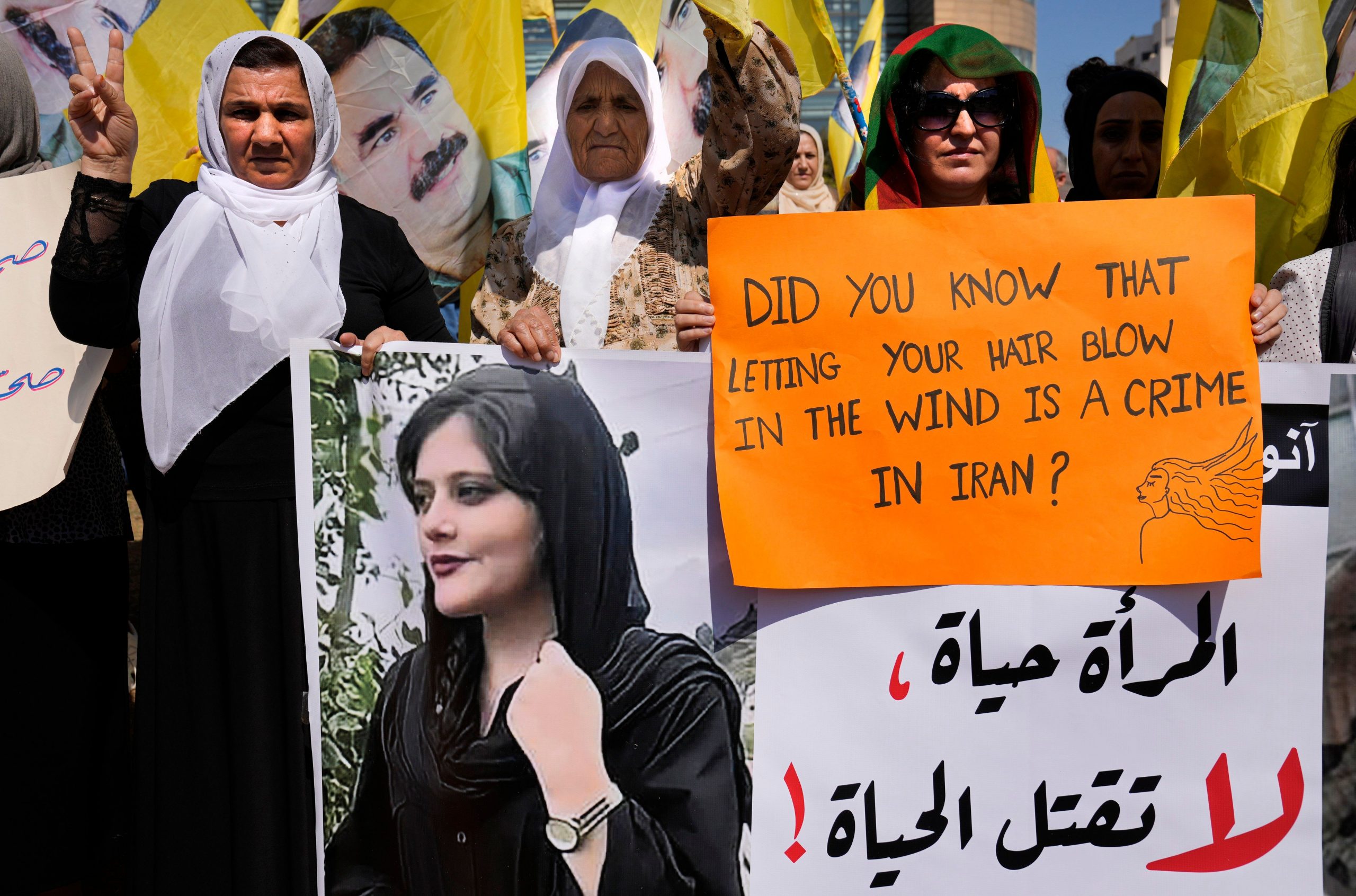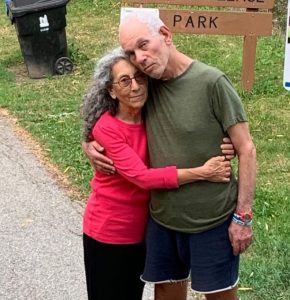The Indian Supreme Court’s split
verdict on the hijab ban in Karnataka’s educational institutions means the Karnataka
High Court’s decision, upholding the government order that effectively banned
the hijab, stands, for now. The decision will be reviewed by a larger bench of
the Supreme Court. Until then, educational institutions in Karnataka, the state
which houses India’s information technology hub Bengaluru (formerly Bangalore),
will have the right to turn away girl students who wear the hijab to class.
In Iran, a steadfastly Islamic
Republic, women are out on the streets for nearly a month now, for what
protestors say was a state-sponsored killing of a 22-year-old girl, Mahsa Amini.
Amini was accused of not wearing the hijab as prescribed by the rules in the
opinion of Iran’s morality police. In the protests that have since broken out
Iran, at least 185 people have been killed. Women have protested by cutting off
their hair in public.
Also Read | Indian Supreme Court’s split verdict on Karnataka hijab ban: 7 key takeaways
Muslim women in these two regions
of the world are taking two very different views on the hijab. The headscarf,
from being a part of clothing with religious sanction, has turned into an
object that contains within itself the varied crosscurrents of religion,
politics, gender and women’s relationship with the state establishment.
In Karnataka, India
In December 2021,
six Muslim students at the state-run Udupi Women’s PU College claimed that they
were barred from entering the classroom because they wore hijabs. The students
protested for days outside the classroom, claiming that even though their
parents contacted the principal to discuss the issue, he refused. The college
principal claimed that the rule was in place to ensure classroom uniformity.
The hijab row
witnessed thousands of Muslim women and students marching on the streets to
protest against the hijab ban in the BJP-ruled state. Massive protests broke
out in Mangalore, Chikkamagaluru, Udipi and soon reached the state capital, Bengaluru. The
Karnataka High Court later imposed Section 144 of CrPC to curb protests.
Also Read | What is Essential Religious Practices test?
The National Human Rights Commission
(NHRC) sent a request to the Karnataka government on January 27 in connection
with girl students being denied admission to a government college in Udupi.
“The allegations in the complaint are serious, involving the Right to
Education. As a result, the case involves a serious violation of the victim
students’ human rights,” the NHRC stated.
In Iran
While women in India’s Karnataka
are protesting a ban on the hijab, women in Iran have organised
massive protests against the hijab. Protests started after Mahsa Amini, 22, an
Iranian student was allegedly killed by Iran’s morality police on September 16
this year.
She was visiting
Tehran with her family and was arrested by the morality police, who accused her
of violating the law requiring women to cover their heads with a hijab and
their arms and legs with loose clothing. She was then allegedly forcibly taken
to a re-education centre where she was physically assaulted.
Also Read | Actor Elnaaz Norouzi strips down in protest against Iran’s moral police
This incident has
catalysed nationwide outrage against Ebrahim Raisi’s government and the
regressive policies of policing women’s autonomy. Over 185 people, including
journalists, students and artists have been killed. Western nations like
Germany, as well as the United States have imposed sanctions on Iran, following
Mahsa’s death.
What do women want?
The stark difference in the two
women-led movements may seem like a contradiction. But a closer look reveals
that the crux of dissent in both contexts is women’s political freedom of
choice and its conflict with the state.
Both the movements
lie in the intersection of gender equality, religious freedom and
state-sanctioned policies that deprive women of their bodily autonomy.
The Karnataka hijab
row forces one to consider the surreptitious erasure of social identities and
religious expression in a bid to homogenise diversity. While the protests in
Iran expose the resistance women are articulating against the stranglehold of
the state in private matters.
It is noteworthy
that the agency to wear the hijab has also become a symbol of political
resistance in Western nations too. Many Muslim African-American women sometimes
wear a hijab to indicate their religious affiliation in an attempt to dispel
the myth that all African-Americans are Christians and that only people with
foreign origins can be Muslim. Thirteen per cent of adult Muslims in the United
States are black American natives.
Ilhan Omar, the
first Somali-American congresswoman, campaigned in Congress for a change in US
rulings to allow the wearing of religious headwear. A law dating back 181 years
prohibited the wearing of the hijab in the house, and elected leaders like
Ilhan Omar created political ripples that the government of the day couldn’t
ignore.







